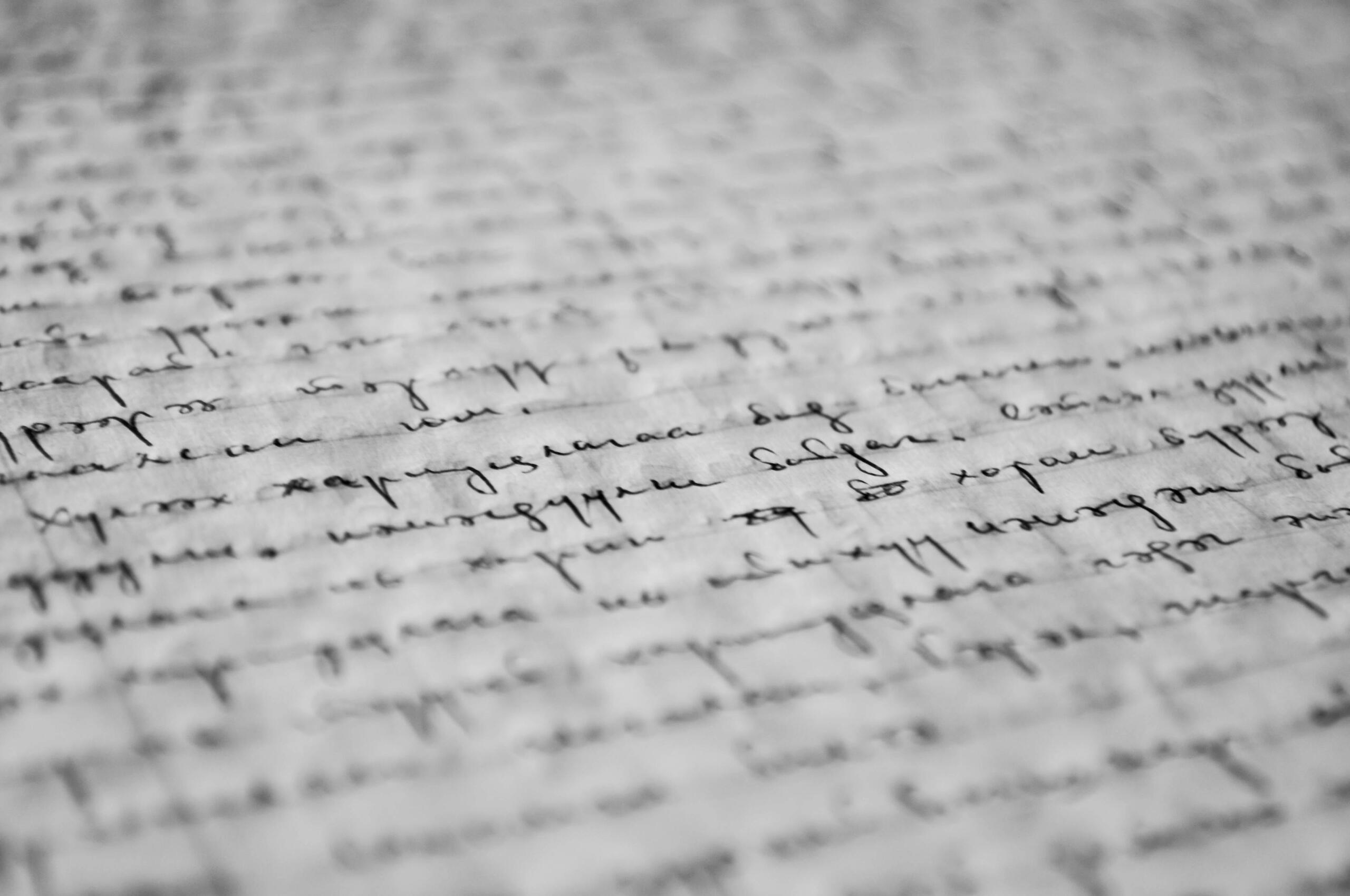Haikus are a unique and special form of Japanese poetry with a rich history. Originating in Japan, they typically consist of seventeen syllables divided into three lines of five, seven, and five syllables. With their simple yet profound structure, haikus have been a traditional form of expression for centuries, encouraging poets to reflect on nature, the changing seasons, and the nuances of everyday life. Though their brevity may seem limiting, the use of specific poetic devices like the Kireji, or cutting word, allows haikus to evoke deep emotion and imagery. Despite their small size, haikus can carry profound messages, encapsulating the fleeting beauty of life in just a few words.

History of Haiku Poems and when They Originated?
Haikus are short, three-line poems with a traditional structure of five syllables in the first line, seven in the second line, and five in the third line. This genre of poetry has its roots in Medieval Japan and is believed to have originated amongst wandering poetic monks known as "Kokinshu-shu." The history of haiku poems tells us that this form of poetry originated in 17th-century Japan during the Edo Period. It's often seen as a type of meditation where poets capture an experience or gain insight.
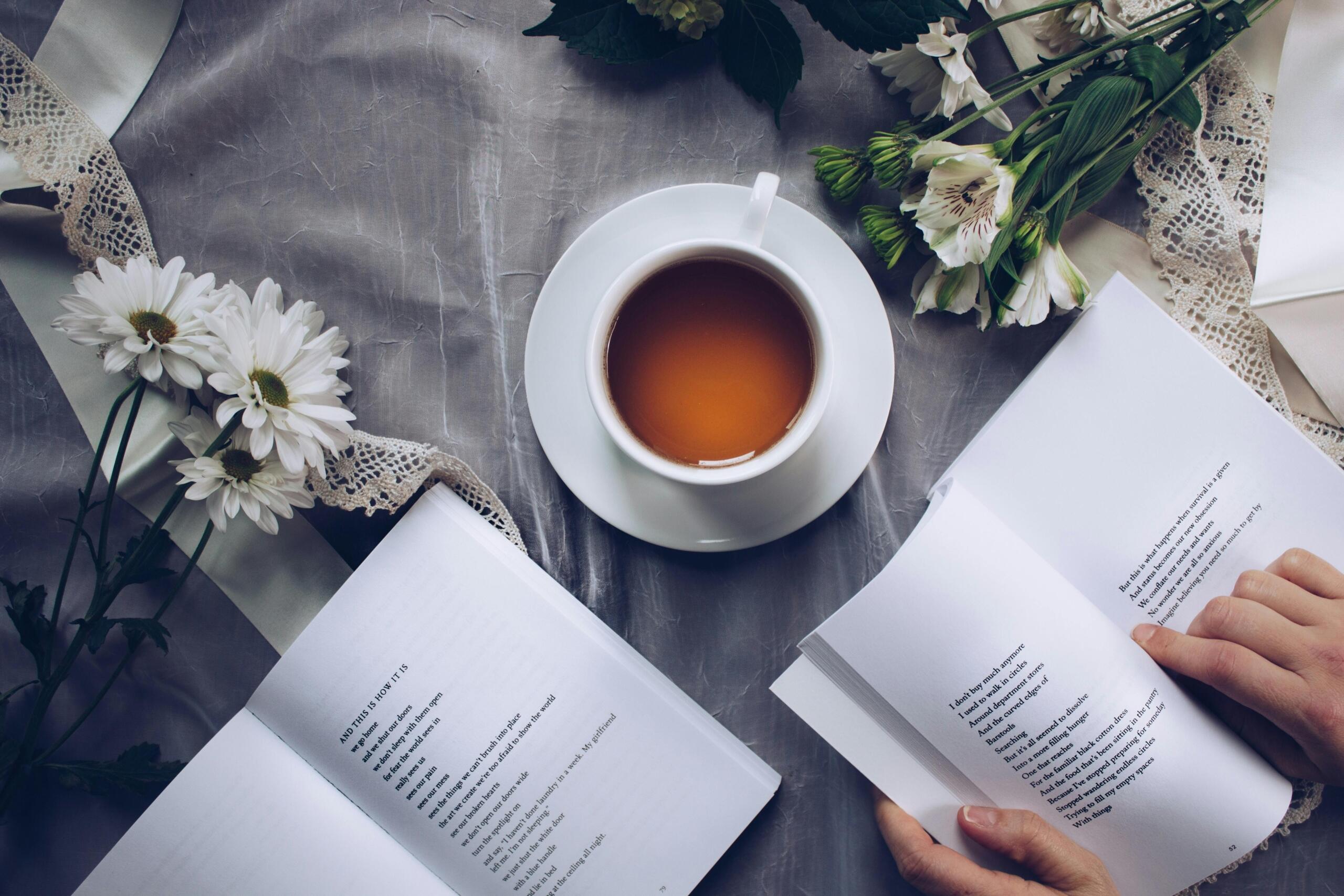
Japanese haiku poems started out composed about nature, and some still express reverence for nature today, but eventually, Haiku evolved to include other topics such as history, politics, and society.
This early form of Haiku was known as "hokku" and usually featured landscape and nature themes. Over time this style evolved into what we now recognize as classic Haiku, which is a response to Japanese theater and dance art forms where flamboyance and extravagance were unappreciated.
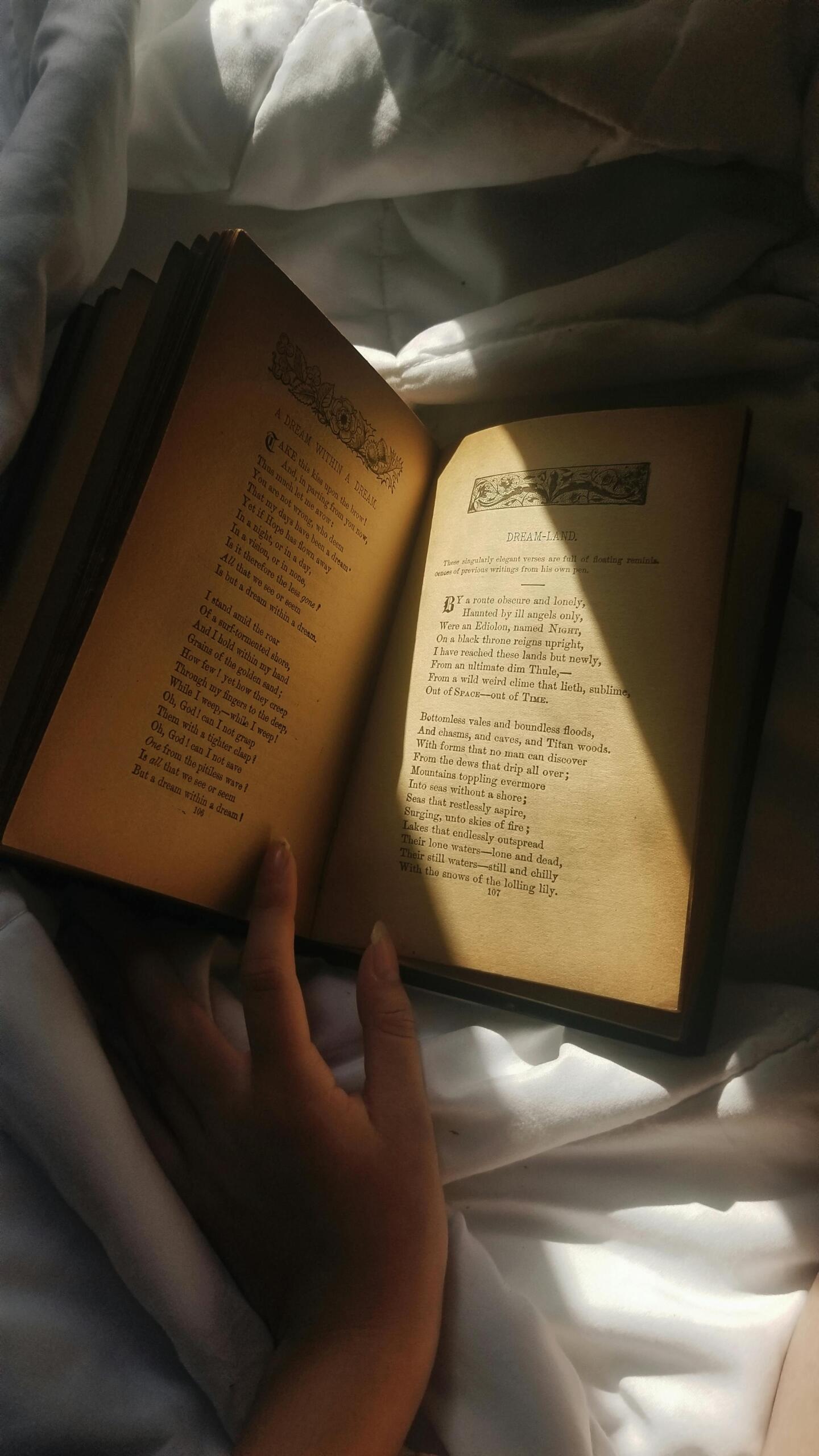
The purpose of this form was for poets to express their thoughts about aspects of nature, particularly focusing on a spiritual connection between humans and nature. The Haiku's simple and often peaceful structure allowed writers to capture what could not be expressed in complex prose.
The Haiku has since evolved and been adapted into many regional variations around the world, yet its true origin and robust emphasis on natural themes remain timeless.
Over time, it has made its way around the world and continues to be popular today for its minimalism, beauty, and deep layers of meaning.
Timeline of Haiku History
9th Century
Haiku Origins
Haiku origins trace back to the early 9th century in Japan. The earliest form of haiku was part of collaborative linked verse, known as renga. These initial poems were not stand-alone but rather short verses at the beginning of longer compositions.
16th Century
Emergence of the Hokku
The 16th century saw the emergence of hokku, the first stanza of a renga, which started being appreciated as a standalone form of poetry. This is considered a precursor to the modern haiku. However, hokku itself did not yet have the fixed 17-syllable structure.
1644-1694
Matsuo Bashō
Matsuo Bashō, born in 1644, is regarded as one of the most influential figures in the development of haiku poetry. Bashō elevated haiku from its roots in hokku to an esteemed literary form by emphasizing simplicity and profoundness. His haiku highlighted natural moments and personal experiences.
18th Century
Yosa Buson and Kobayashi Issa
Following Bashō, poets like Yosa Buson and Kobayashi Issa continued to develop haiku in new directions. Buson’s artistic background influenced his haiku to combine visual art with poetic form, while Issa brought a sense of humor and compassion to his verse. They added diversity to the emotional tones and themes explored within the haiku form.
19th Century
Masaoka Shiki
In the late 19th century, Masaoka Shiki is credited with coining the term “haiku” and reviving the traditional form. Shiki's influence brought a more modern approach to haiku, stressing the importance of direct observation of nature and using more straightforward language.
20th Century to Present
Haiku Worldwide
From the 20th century onwards, haiku spread internationally and became a prominent part of literary traditions in countries outside Japan. Poets worldwide embraced haiku’s concise beauty, experimenting with the form and adapting it to various languages and cultures.
What Is the Haiku Format?
A haiku is a type of Japanese poem consisting of three lines. It is known for its tight structure and brevity—the three lines together and no more than 17 syllables. Traditionally, each line has a specific purpose, conveying one idea or sentiment. Thus, a haiku is divided into multiple elements.
The first line sets up the entire subject matter of the poem, while the second explores it further and leads into the third line's closing thought. This makes certain that each line builds on the message of the preceding lines, forming a seamless transition to a self-contained final idea.
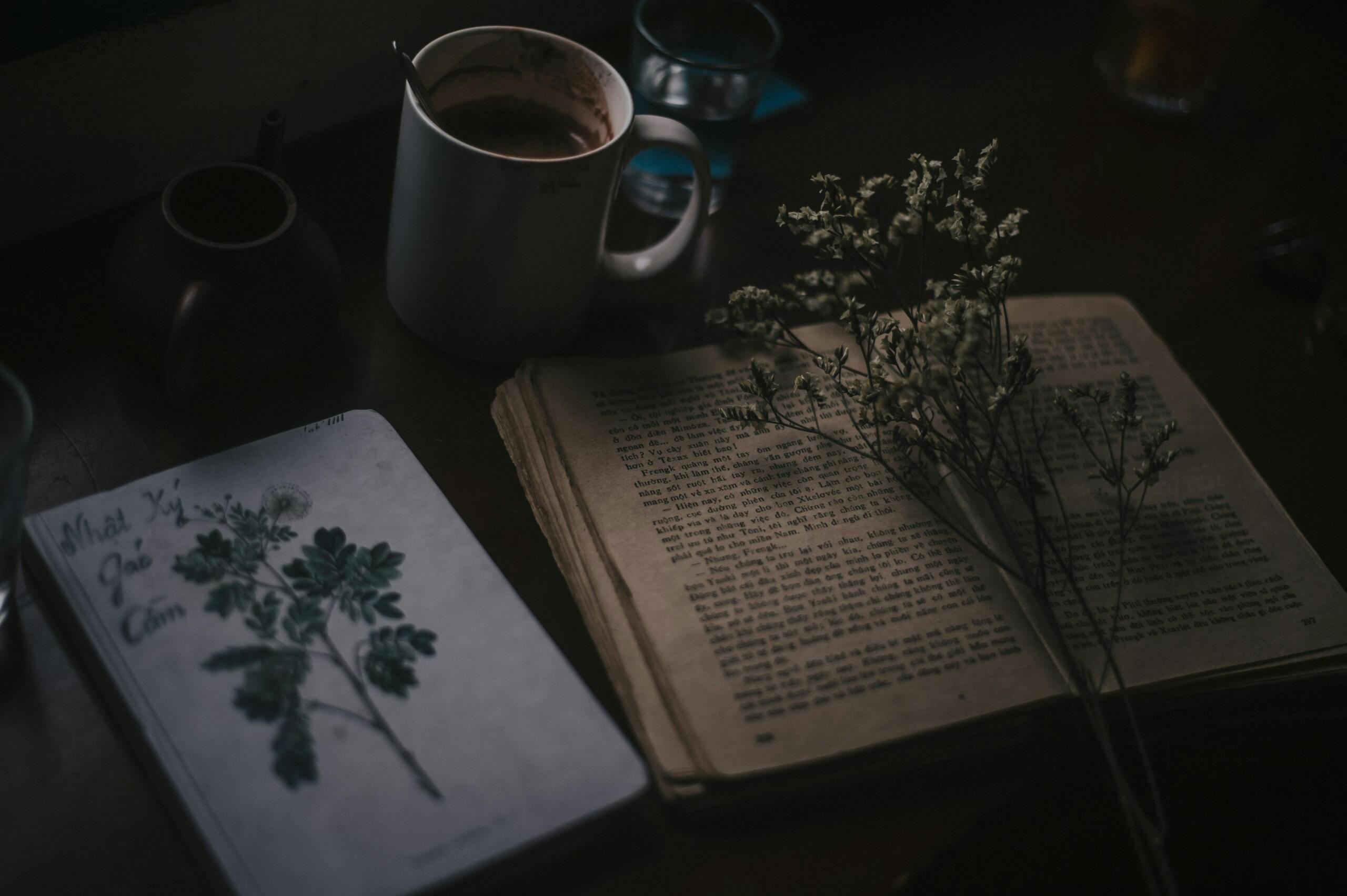
Understanding how each line contributes to a haiku poem form can be invaluable in crafting such a concise yet powerful piece of poetry. In Haiku, one is often trying to capture a single moment in time, and this structure helps to facilitate that.
In a haiku, the first line has five syllables, the second line has seven, and the third line has five.
This helps to create a distinct rhythm and flow, allowing the poem to be read easily and quickly.

The Development of Haiku as an Art Form
In the past hundred years, haiku has gone far beyond its Japanese origins to become a worldwide phenomenon—with the classic poetic form growing and evolving as it has adapted to the needs of the whole range of languages and cultures that have embraced it.
There are roughly 8–10 million people in Japan who write haiku.
While haiku is one of the best-known forms of poetry, it is less known that traditional haiku were often accompanied by calligraphy and paintings. In this history of both the poetic and visual art forms, all aspects of the development of haiku are fully explored—deepened by a look at the role of haiku paintings, called haiga.
Famous Examples of Japanese Haiku Poems
Haikus are an ancient Japanese poetic form comprised of three unrhymed lines of five, seven, and five syllables, respectively. The masters of the art have crafted haikus that have become truly iconic.
| Poet | Poems |
|---|---|
| Bashō | Among them is Bashō's 16th-century "Old Pond" poem, a teaching on mindfulness and appreciation for the small stillness found in nature: "An old silent pond. /A frog jumps into the pond, /splash! Silence again." |
| Issa | Another well-known haiku is Issa's 19th-century piece about a firefly –a gentle tribute to small yet powerful beauty: "On a withered branch/A firefly has settled —/Nightfall deepens." |
| Shiki | On the other side, we can find Shiki's 20th-century work about a crow -a minimalist snapshot with shades of realism: "In this my world/A dead leaf upon a crow's back/Drifts alone." |
| Baiju | While "Under the bloom. /Terrace furrows spoil summer rain. /The cowbell dulls", by Baiju, shines as an example of how years ago, poetry was used to capture and understand such everyday moments as an alluring physical reality. |
| Takaha Shugyo | There's also Takaha Shugyo's 18th-century poem which captures layers of sound created by herons taking off: "Gone napping! /Mt. Suminoe - stirring awake! /Heron cries fly". |
By delving deeply into these five famous examples of haikus throughout history, it is evident that they provide timeless life lessons that can help the audience connect with themselves and the environment in meaningful ways.
What Are the Top Tips and Tricks to Write Your Own Haikus?
Writing your own Haiku can be a very rewarding experience, but it can also be quite daunting if you need more confidence in your writing skills. To help sharpen your skills, try following these tips and tricks!
Use Traditional Form of Haiku
Writing a haiku is deceptively tricky, but it can be an enjoyable and cathartic experience with the right guidance.
The traditional form of haikus consists of three lines, made up of five, seven, and then five syllables again.
This formula has been used for centuries in Japan as a way to explore deeper themes or emotions and still applies today when crafting your own Haiku.
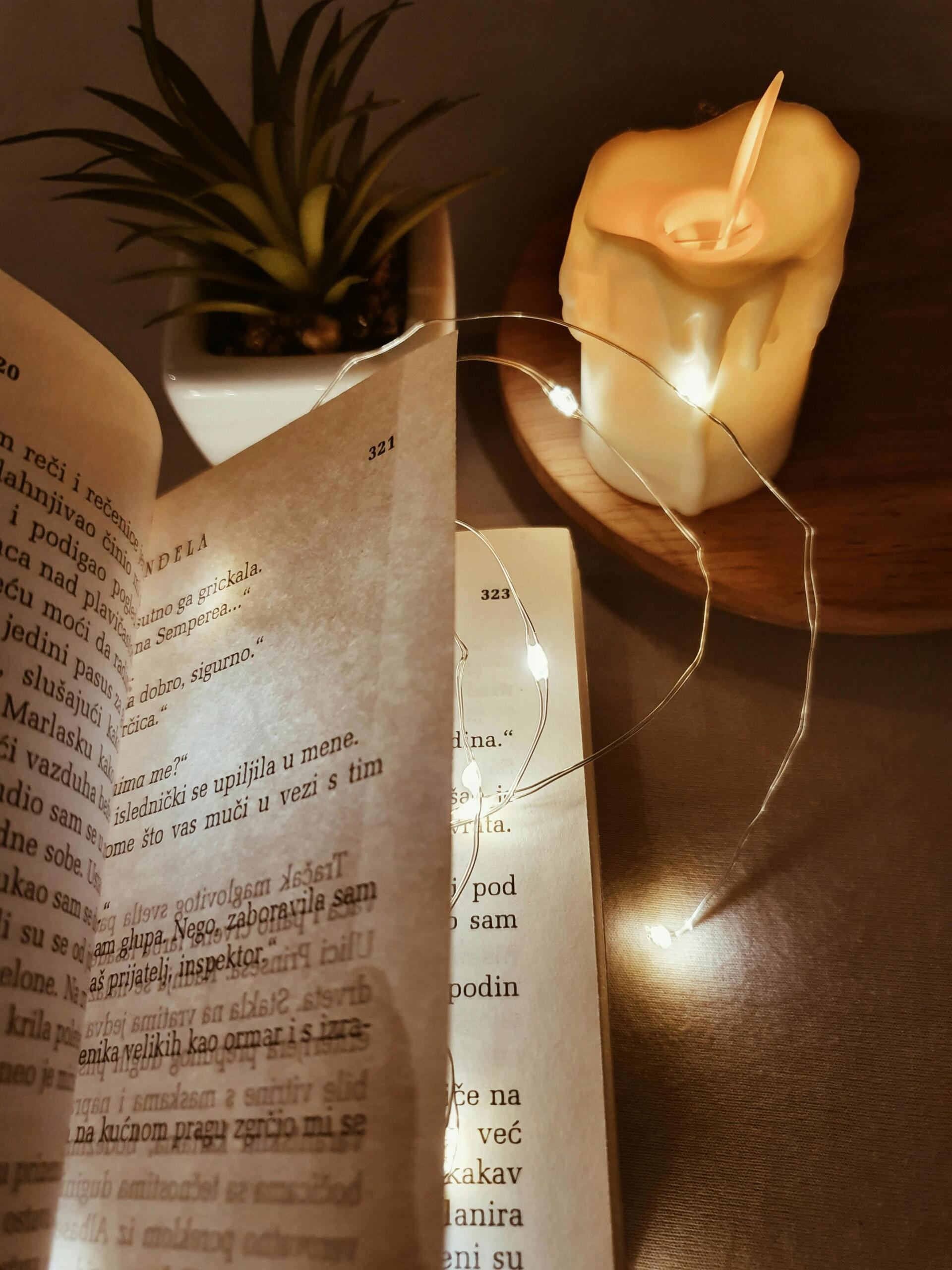
Create a Sensory Image
Start by selecting a topic or image that you'd like to create; anything from a sunset to a foggy night will work. Focusing on one image or emotion keeps Haiku focused and helps put the words together in an interesting way. When constructing your poem, incorporate syllable format, as it helps optimize your message and provide structure. Lastly, consider utilizing literary devices such as assonance or alliteration within each of your two lines for a more mellifluous feel that rhythmically guides your readers through.
Start with a focused theme or image, follow the 5-7-5 syllable structure, and use literary devices like assonance or alliteration for added rhythm and flow.
Focus on Nature
The primary focus of a haiku should always be nature; it could be about the feel of rain hitting your face or the smell of spring flowers on a summer day. The trick to writing an effective haiku is creating an atmosphere that captures these senses in just a few words. Capturing emotions in your writing will add layers of meaning and enrich the overall story you are trying to tell.
Use Short Phrases and Concise Language
You can create your own Haiku by focusing on distilling your thoughts and feelings into three lines of short phrases and precise language. The structure should have five syllables in the first line, seven in the second line, and five in the third line. You should allow each line to capture its own idea or emotion while reflecting and complimenting the rest of your poem.
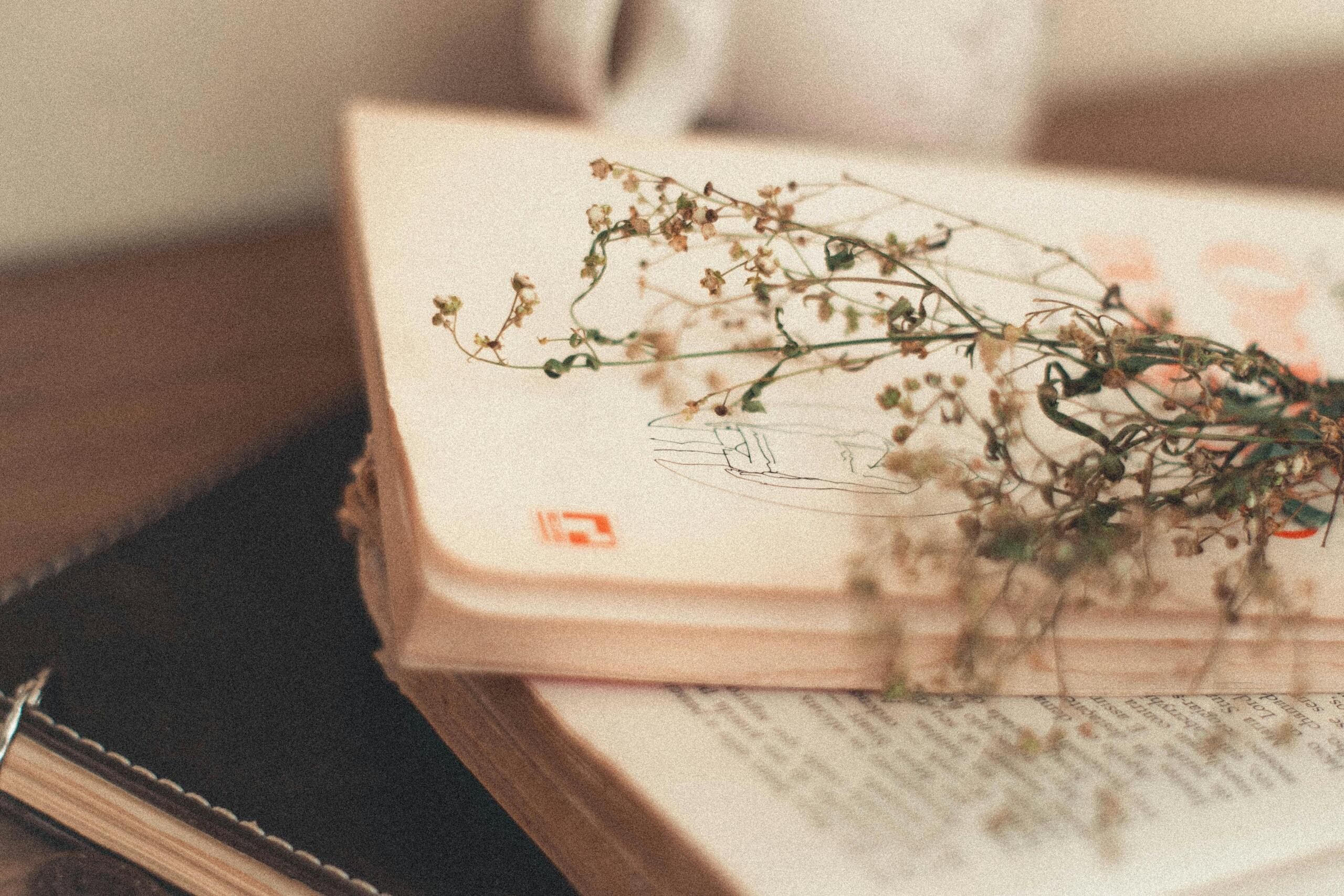
As you continue writing haikus, trust that mistakes are part of the learning process, and experiment with different approaches, like playing around with imagery and creative wordplay to help tell a story through your haikus.
Use One Subject or Idea
One important one is to focus on one subject or idea per poem. This allows the poet to set up an opposition between two images—usually introducing the image with the first two lines and then answering it with the third — conveying an often-profound emotion or meaning. Writing a haiku can be challenging, but by adhering to these structural components and honing your craft through trial and error, you will soon come to appreciate their profundity of expression and share your innermost sentiments with readers everywhere.
Add Allusions
Writing your own Haiku means being mindful of these requirements while also employing clever word choices and allusions to communicate larger messages. Additionally, depending on the subject matter, traditional rules of punctuation may be dropped to increase poetic flow. Overall, writing a memorable haiku takes practice and patience— as well as a worthy idea— but with enough dedication, anyone can craft their very own poem.
Read Other Authors' Haikus
To create an effective haiku poem, pick a theme, such as nature or emotions, before you begin writing. Think carefully about each word used in your Haiku; this is important to get your message across while staying within the prescribed haiku poem format.
Reading others' haikus for inspiration and new ideas is also helpful. Finally, remember that brevity is essential when creating a good haiku—being concise helps express your message more effectively!
Pay Attention to the Choice of Words
Although it is short in length, try to craft an engaging and thought-provoking story within this concise length by paying attention to how the words you use interact with each other. Moreover, consider your choice of words, as haikus typically focus on nature, everyday occurrences, and emotions that arise from them. Avoid using cliché phrases or over-simplifying ideas.
With these tips and tricks in mind, you'll have no problem creating beautiful haiku poems in no time!
Want to Master Your Haiku Poetry Skills with Superprof?
Writing Haiku is straightforward, but it can still take practice in order to craft a piece of poetry that skillfully conveys a message or feeling. However, if you need to learn the basics of how to write one, it can seem daunting. Fortunately, Superprof is here to help. With the help of experienced tutors, you can receive in-depth lessons on Haiku poetry. From understanding the structure of a haiku poem to picking out the right words, Superprof will help get you into shape for writing award-winning verses.

